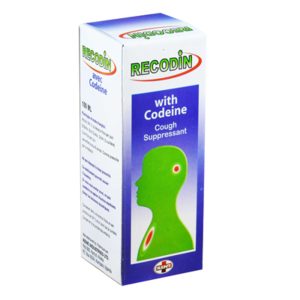Salbutamol is a direct-acting sympathomimetic agent with a relatively selective action and beta2-adrenoceptors. Its main clinical uses are in the management of reversible airways obstruction such as occurs in asthma, and in delaying premature labour.
Presentation
10×10 Tablets
Indications
Astharen (Salbutamol sulphate) are used as bronchodilators in management of disorders involving reversible airways of obstruction such as asthma, asthma, chronic bronchitis, and other breathing disorders. And in some patients with chronic obstructive pulmonary disease, Salbutamol also decreases uterine contractility and may be given as the sulphate to arrest premature labour.
Pharmacological class
Antiashmatics
Pharmacological properties
Facilitates relaxation of smooth muscle including bronchial
Mechanism of Action
Agonists occupying β2-adrenoceptors increase cyclic adenosine monophosphate (cAMP) by stimulating adenylyl cyclise via stimulatory G-proteins. Cyclic AMP phosphorylates a cascade of enzymes. This causes a wide variety of effects including; relaxation of smooth muscle including bronchial, uterine and vascular; inhibition of release of inflammatory mediators and increased mucociliary clearance.
Side effects
Salbutamol may cause fine tremor of skeletal muscle (particularly the hands), palpitations, and muscle cramps. Slight tachycardia, tenseness, headches, and peripheral vasodilation have been reported large doses.
The high doses of Salbutamol used intravenously to delay premature labour have been associated with nausea and vomiting, and with adverse cardiac and metabolic effects and pulmonary oedema.
Contraindications
Salbutamol is contraindicated for patients known to have hypersensitivity to the product.
Drug interactions
Salbutamol has been found to interact with these drugs; Aminophylline, atomoxetine, beta-blockers (e.g., propranolol, labetolol, nadolol, sotalol), methylphenidate, monoamine oxidase inhibitors (e.g., phenelzine, tranylcypromine, moclobemide, selegiline







